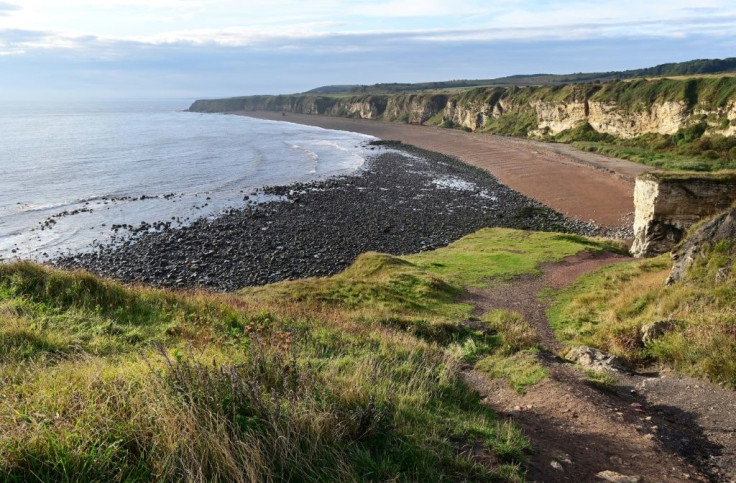TikToker Unknowingly Plays With Venomous Sea Slug That Looks Like Pokémon
KEY POINTS
- The social media user unknowingly picked up the dangerous sea slug
- A sting from the sea swallow can cause severe pain, nausea and allergic reactions
- The creature is said to have become a common sight on Australia's east coast
Australia is known for its unique creatures, so it was no wonder when an adorable, blue stripped tiny creature caught the attention of a man visiting the coasts of Queensland. But, little did he know that the mesmerizing creature he was touching was one of the most poisonous sea slugs found in the waters of Australia.
The curious TikToker @julianobayd took to social media to find out more about his discovery. In the video, he picked up the beautiful creature and asked "Anyone know what this is?"
As most people joked about the sea creature being a Pokémon, one user cautioned him about the dangerous nature of the animal, reported 7news. "That’s a glaucus atlanticus and it’s a weird dragon thing that is commonly found on the beaches of Australia,' the user said. "It is very poisonous."
The beautiful creature is known as the sea swallow, blue angel, blue dragon or blue sea slug and it absorbs poisons of other creatures. So, if a person gets stung, it can leave them with severe pain, which can even be potentially dangerous.
Sea swallows are small, blue species of sea slugs that live on other pelagic creatures such as the highly-venomous blue bottles or the Portuguese Man o’ War. In the process, the sea swallow ingests the venom and stores it in its tissues. They then use it as a defense against predators. The brilliant blue hue of the slug is thought to act as camouflage in the blue of the ocean.
According to a study, a single sting from the sea swallow can cause immense pain at the sting site, nausea, vomiting, allergic dermatitis and blistering among others.
Its a nudibranch or sea slug. They feed on jellyfish yg org selalu panggil Portuguese man o war but some panggil Blue Bottle. Susah gilaaa nak jumpa yang ni, we had this blue bottle last year but no Glaucus atlanticus. Probably our water is too warm for them pic.twitter.com/Nxn04xFveG
— Batman (@AffanZanila) December 7, 2021
"Rule of thumb with sea life in the southern hemisphere … if it is vibrant blue it’s a no-no," 7news quoted a user as saying. "I have been seeing them all over southeast Queensland."
The video of the user handling the creature has become viral with over a million likes on the social media platform, news.com.au reported.
The blue sea slugs have been previously spotted on the east coast of Australia in 2015 and 2017.






















